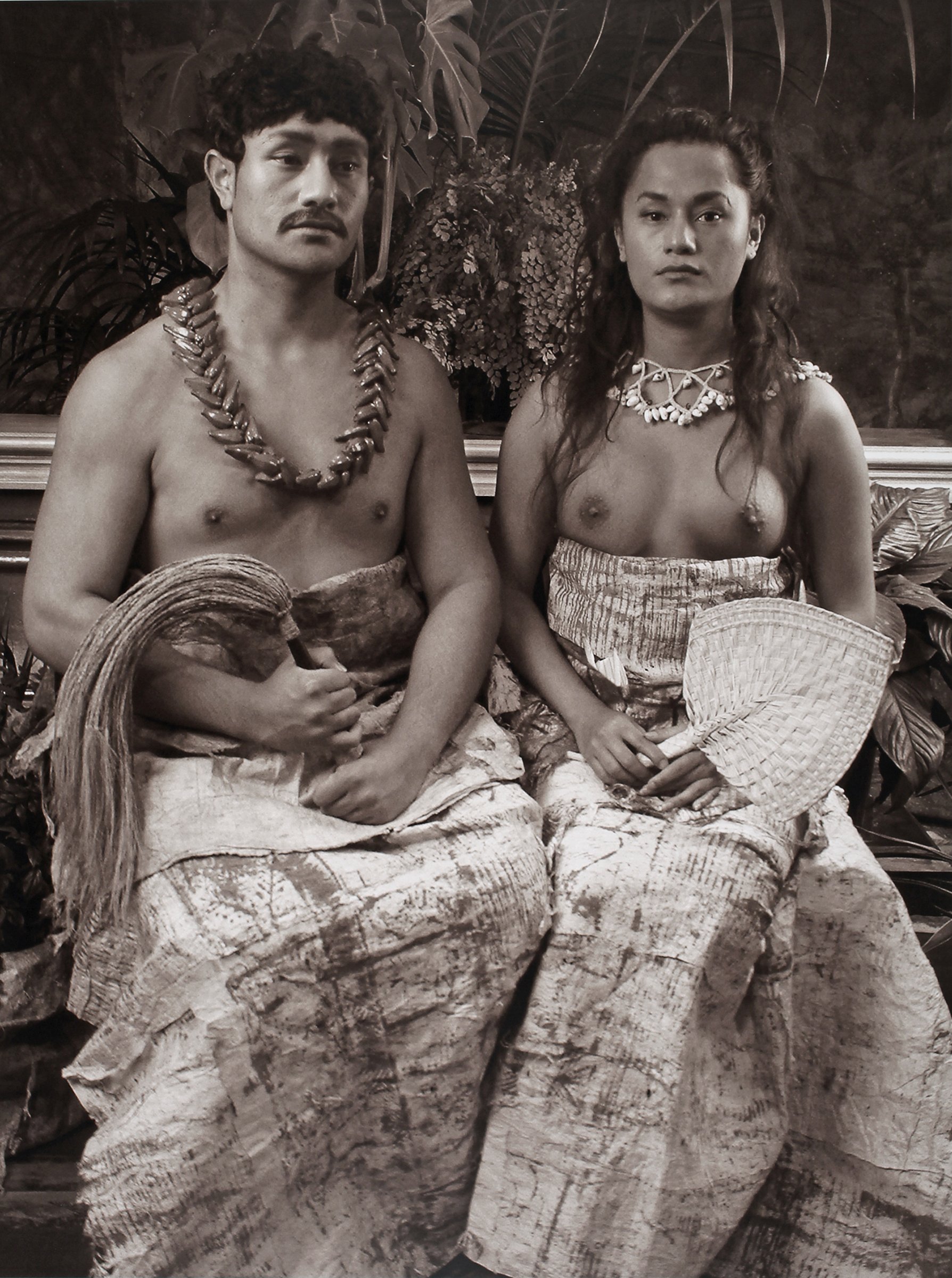Femme 'n isms, Part II: Flashpoints in Photography | Oberlin Art Museum
Cindy Sherman (American, b. 1954) Untitled Film Still #53 (Blonde: Close-Up with Lamp), 1980. Gift of Donald Droll in honor of Chloe Hamilton Young, 1984.18.
Written by Trip Avis
In its early days, photography struggled to be recognized as an art form comparable to the exalted mediums of painting and sculpting. While the technology was novel and exciting, many did not see it as more than a mechanical process—a lens couldn’t possibly capture the nuances of the human psyche or experience the way a paintbrush or chisel could. In a parallel sense, women have fought (and continue to fight) to gain equal recognition and respect as their male peers. The two fights intertwine when one recognizes the efforts of female photographers who have helped the medium gain traction as an art form through their talents with form, narrative, composition, and discerning artistic visions. To honor this collaborative historic effort, Allen Memorial Art Museum at Oberlin College presents Femme ‘n isms, Part II: Flashpoints in Photography, an extensive survey of works from women-identified artists that spans the days of early albumen prints by Julia Margaret Cameron to the striking exploration of gender identity by Shigeyuki Kihara. The illuminating exhibition will be displayed in the museum’s Ripin Gallery between January 2, 2024 and January 18, 2025.
Julia Margaret Cameron, (English, 1815–1879) Alethea (Alice Liddell), 1872 Albumen print. Gift of Marilyn W. Grounds, 1981.42.11.
In the 1860s, daguerreotype technology allowed photography to become a more efficient means of portraiture, but the medium had yet to reach the echelon of art forms. The India-born British photographer Julia Margaret Cameron was a trailblazer in that regard: not only did she bolster the regard of female photographers with her talent, but her distinct photographic style, which utilized soft-focus techniques and long exposure times, blurred the aesthetic lines between the humanistic artistry of painting and the perceived cold mechanical processes of the camera. The exhibition informs us that her photographic oeuvre is composed mainly of stylized romantic portraits of luminaries of the Victorian art world. An example is her 1872 albumen print titled Alethea, which depicts the art model Alice Liddell, who famously lent her name to Lewis Carroll’s iconic tale of whimsy and fantasy, Alice in Wonderland. Liddell looks pensively into the shrubbery; the composition renders her skin and costuming a luminous, almost ghostly sepia tone, casting Cameron’s muse in a deific light that earns the photograph’s title.
Defying their era’s conventions of femininity and gender expression, French surrealistic artist Claude Cahun’s 1927 self-portrait, a silver gelatin print, blends defiant with vulnerable, theatrical with humanistic, and masculine with feminine. The starkly contrasting black-and-white of Untitled (Self-Portrait), 1927, is juxtaposed by its soft composition. Cahun’s face and bare torso buzz almost with an electric brightness while their dark hair floats near the surface of the black background. The lines separating their silhouette and the surrounding blackness mingle rather than sharply contrast; Cahun’s body becomes a beacon against the muted haze. In addition to the striking aesthetic composition, Cahun’s expression gives the self-portrait astonishing energy. There is an intriguing contrast between the defiance on their face and the seeming vulnerability of their nakedness. However, Cahun seems to use this vulnerable moment to announce themself, with no pretensions, just pride and determination.
Shigeyuki Kihara (Samoan, b. 1975) Ulugali’i Samoa: Samoan Couple, 2005 Chromogenic print. Ruth C. Roush Contemporary Art Fund, 2013.49.
Nearly eighty years after Claude Cahun’s exploration and declaration of self-identity, New Zealand-based Samoan artist Shigeyuki “Yuki” Kihara explores their notions of gender expression and culture looming beneath a looming afterimage of colonialism. Like Cahun’s self-portraiture, Ulugali’i Samoa: Samoan Couple, 2005, features the artist portraying the male and femme roles of a traditionally dressed heterosexual Samoan couple. Inspired by the staged exoticism of colonial European photographers, the photograph features the two Kihara’s looking solemn and posed. The femme character stares straight into the camera with an ambiguous look that blends annoyance, ambivalence, and self-assurance. The male character looks away, a quiet distress on his features. Perhaps he is pondering a world where he is free from societal expectations and imperialism sanctions placed upon him.
Femme ‘n isms, Part II: Flashpoints in Photography offers many things to the viewer: a rich visual overview, a newfound awareness of important photographic figures often sidelined by a male-centric history, and a chance to celebrate photography as a medium that has transcended mere mechanical processes and become a reflection of who we are as people.
Laurie Simmons (American, b. 1949), New Bathroom/Woman Kneeling, 1980. Type “C” color photograph. Fund for Photography in honor of Ellen H. Johnson, 1982.97.











